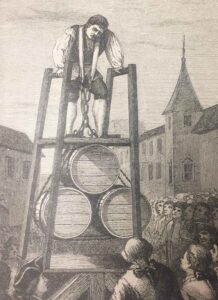10 February 2023 — 12:00 noon — GAR 4.100
Emma Pask (University of Chicago)
“Scientists on the Range: Ecological Fieldwork’s Place in Texas”
This presentation draws on material from the first chapter of my dissertation, which explores the idea of “the range” as a mythical geography in Texas and as a particular kind of ecological object. The dissertation as a whole asks: how does the history of Texas as a political unit and its attachment to land shape ecological research in the state? And how does ecological research, both in terms of its fieldwork and its theoretical propositions, in turn shape how Texans come to imagine this land? I go about trying to answer these questions in the first chapter by way of a historical and ethnographic analysis of “biogeography” as the backbone to much of ecology as a science. From the 1890s to the present, biogeography in Texas and more broadly has been preoccupied with determining species’ ranges. The rangeland management of different biological specimen is also crucial to solidifying certain economic and property regimes in Texas, from cattle ranching to cotton farming. This presentation sketches out possibilities for thinking more about “ranges” through a series of historical and contemporary examples, from turn-of-the-century biological surveys to contemporary cross-border research projects, with a special attention to bat species.
_________________________
Emma Pask is a graduate student at the University of Chicago, currently doing research here in Austin.
